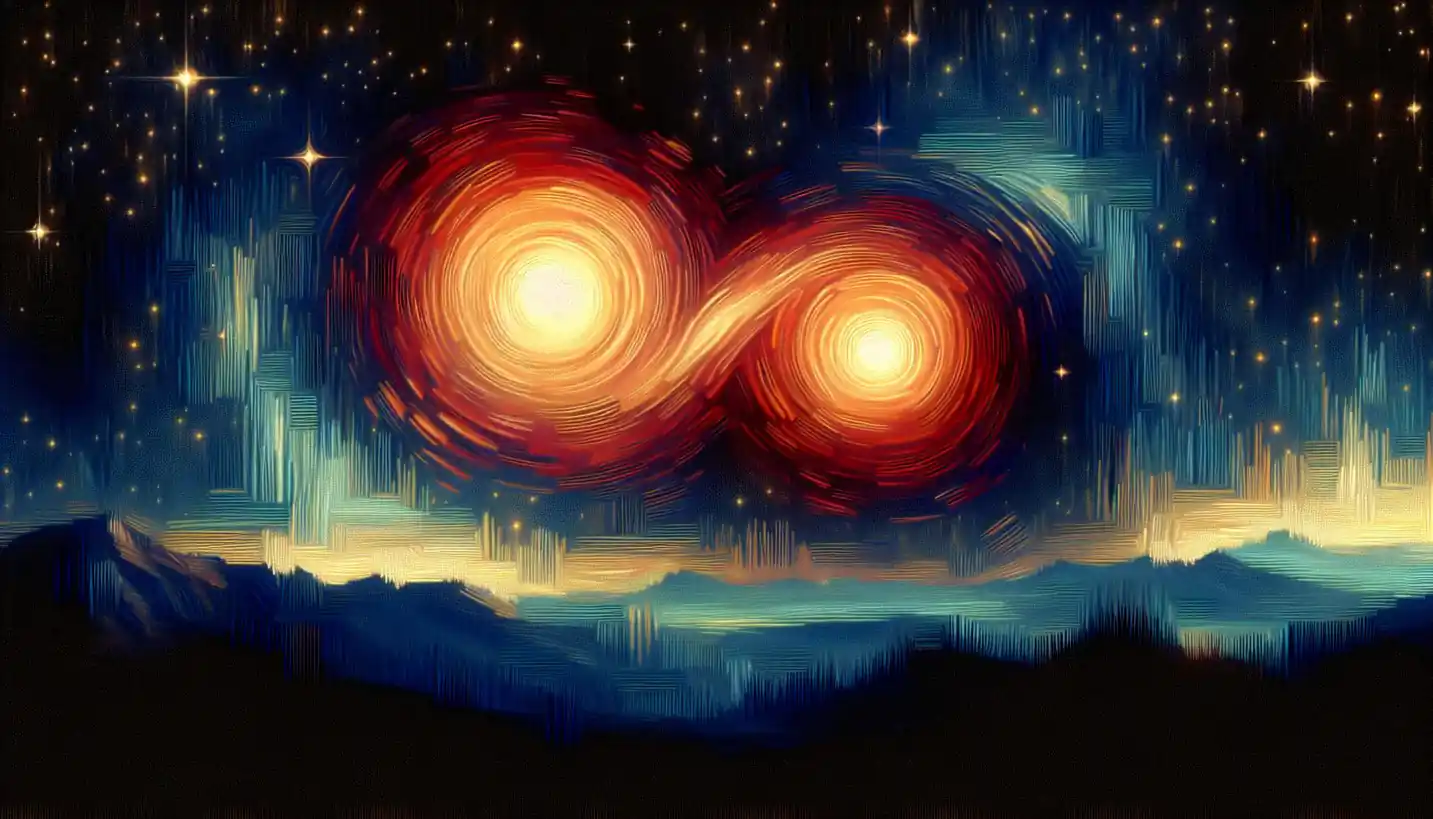· Astronomy · 4 min read
Spectral Line: Unlocking the Secrets of the Universe
Spectral lines reveal the universe's secrets, detailing its composition. Discover how these unique identifiers unveil cosmic stories across the ages.

Staring up at the night sky, it’s hard to imagine the immense universe beyond our planet. Among the tools astronomers use to unravel the mysteries of the cosmos are spectral lines. These lines might sound like a scientific concept straight out of a science fiction novel, but they’re a fundamental aspect of radio astronomy and astronomy as a whole.
The Basics of Spectral Lines
When we talk about spectral lines, we’re diving into the fascinating world of light and electromagnetic waves. At its core, a spectral line is a unique fingerprint of light. Imagine a rainbow where each color represents a part of light’s spectrum. Now, think of spectral lines as the individual colors that are specific to each element or molecule. These lines appear as distinct bands in the spectrum of light emitted or absorbed by objects in space.
Why Spectral Lines Matter
So, why are these spectral lines important? They are crucial for determining the composition, temperature, density, and even the movement of celestial bodies. Each element in the universe emits or absorbs light at specific wavelengths, creating a unique pattern of lines—much like a barcode. By studying these lines, scientists can identify what stars and galaxies are made of, how fast they’re moving, and even what physical processes are occurring billions of miles away.
The Dance of Atoms and Light
To understand spectral lines, imagine a dance floor where atoms are the dancers. When an atom absorbs energy, it gets excited—like dancers jumping to a fast beat. As they cool down and return to a calm state, they release energy in the form of light. This light forms spectral lines.
Absorption and Emission Lines
There are two main types of spectral lines: absorption and emission. Picture a dense fog that absorbs some colors of sunlight, leaving certain colors missing from your view. That’s akin to absorption lines, where light is absorbed by atoms or molecules. On the other hand, emission lines are like bright neon signs against a dark night, where specific wavelengths are emitted by excited atoms. Studying both types lets astronomers decode the makeup and conditions of distant stars and galaxies.
Radio Astronomy: A Hidden Symphony
While visible light is only a small part of the electromagnetic spectrum, radio waves are another essential piece. Radio astronomy uses these waves to explore the universe, revealing information invisible to our eyes.
Detecting Cosmic Signals
Imagine tuning into a radio station from a distant city. That’s similar to what radio astronomers do. They capture radio waves emitted by celestial bodies, which often express themselves as unique spectral lines. With powerful radio telescopes, scientists have uncovered secrets about galaxies, neutron stars, and the cosmic microwave background—the afterglow of the Big Bang.
Historical Discoveries
The history of spectral line studies is brimming with discoveries. Remember how helium was first identified in the spectrum of the Sun before it was discovered on Earth? That’s a testament to the power of spectral lines. These lines also helped confirm the expansion of the universe, an idea that fundamentally changed our understanding of space.
Famous Scientists and Their Contributions
Sir William Huggins, an early pioneer in astrophysics, used spectral lines to prove that stars are composed of the same elements found on Earth. His work laid the groundwork for future astronomers to decode the chemical compositions of celestial objects. Later, Edwin Hubble’s observations of redshifted spectral lines played a crucial role in establishing the expanding universe model.
Modern Applications and Future Research
Today, the study of spectral lines continues to be at the forefront of astronomical research. With advanced telescopes like the James Webb Space Telescope and the Square Kilometre Array, astronomers expect to explore new frontiers.
Charting the Unknown
One exciting prospect is detecting spectral lines from exoplanet atmospheres. By examining the light passing through these atmospheres, scientists hope to find signs of life. Imagine identifying water or oxygen in the atmosphere of a distant exoplanet. Such discoveries could be groundbreaking.
Conclusion: The Endless Symphony of the Universe
Spectral lines are a window into the universe’s soul, allowing us to decode the mysteries of the cosmos. Whether it’s unraveling the chemical makeup of stars, tracking the movement of galaxies, or searching for life on other planets, these lines continue to be an invaluable tool for astronomers. As we refine our techniques and build more advanced technology, who knows what cosmic stories these lines will reveal next? The universe is an endless symphony, and spectral lines are the notes guiding us through its magnificent harmony.

